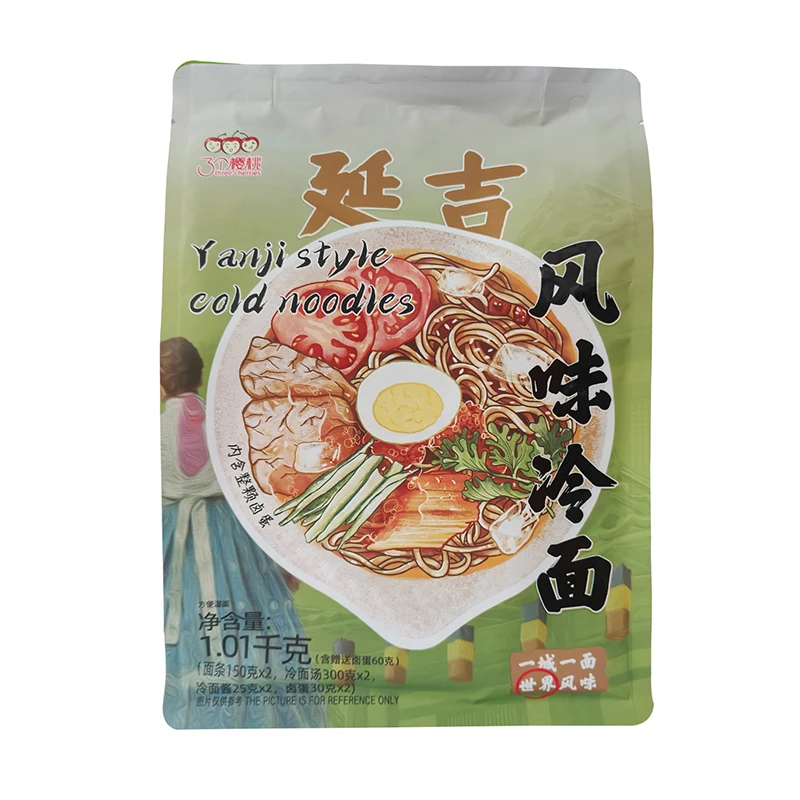Chilled Soba Noodles with Fresh Vegetables and Savory Sauce
Chilled Soba A Refreshing Taste of Tradition
As summer approaches, the quest for a cooling, refreshing dish becomes paramount. One culinary delight that perfectly embodies the essence of summer is chilled soba, a traditional Japanese noodle dish that combines simplicity, flavor, and a touch of elegance. Made from buckwheat flour, soba noodles have been cherished in Japan for centuries, not just for their taste but also for their nutritional benefits.
The Origins of Soba
Soba, which means buckwheat in Japanese, dates back to the Edo period (1603–1868). It was originally consumed for its health benefits, including its high protein content and essential amino acids. Known to aid digestion, regulate blood sugar, and support cardiovascular health, soba quickly became a staple in Japanese cuisine. The unique nutty flavor of buckwheat flour, combined with its firm texture, makes soba noodles an excellent base for a variety of dishes.
The Art of Making Chilled Soba
Preparing chilled soba is both an art and a science. First, the noodles are made from a blend of buckwheat and wheat flour, which gives them their characteristic texture. The ratio of these flours can vary, impacting the final product. Once the dough is prepared, it is rolled out and cut into thin strands. Cooking the noodles is a delicate process; they are boiled in water until just tender, then quickly rinsed under cold water to stop the cooking process. This step is crucial, as it helps remove excess starch and prevents the noodles from sticking together.
After rinsing, the soba is served cold, typically on a bamboo mat known as a zaru, which not only presents the dish beautifully but also allows excess water to drain off. Chilled soba is often accompanied by a dipping sauce called tzuyu, made from a blend of soy sauce, mirin, and dashi. This dipping sauce adds an umami richness that perfectly complements the mild flavor of the noodles.
Toppings and Variations
chilled soba

While chilled soba can be enjoyed in its simplest form, a variety of toppings can enhance the dish. Common additions include sliced green onions, wasabi, nori (seaweed), and tempura. Each of these toppings brings texture and flavor, creating a delightful harmony on the palate. For those looking to incorporate a protein element, chilled soba can be served with shredded chicken, sliced tofu, or even poached eggs.
There are also regional variations of chilled soba that reflect the local culture and ingredients. In Nagano Prefecture, for example, soba is often made from locally sourced buckwheat and can be enjoyed with a variety of seasonal vegetables. In summer, refreshing garnishes like cucumber and shiso leaves add a burst of freshness.
A Meal for Every Occasion
Chilled soba is not just a dish for hot summer days; its versatility makes it an excellent choice for any meal. Whether served as a light lunch, an appetizer at a formal dinner, or a satisfying snack, chilled soba is a crowd-pleaser. Its appeal lies not only in its flavor but also in its ability to be tailored to suit individual preferences and dietary needs.
Furthermore, chilled soba can be a wonderful dish to pair with drinks. It complements light Japanese ales and sake beautifully, enhancing the dining experience.
Conclusion
In a world where culinary trends come and go, chilled soba remains a beloved classic that captures the spirit of Japanese cuisine fresh, healthy, and deeply rooted in tradition. Embracing the flavors of seasonal ingredients, chilled soba is more than just a meal; it is an experience that invites you to slow down and savor the moment. So, the next time the summer heat sets in, consider indulging in a bowl of chilled soba, and relish in the harmony of its flavors and textures. It is a dish that not only refreshes the body but also nourishes the soul.
-
Unleash Your Inner Chef with Delectable Italian Pasta CreationsNewsAug.01,2025
-
Savor Health and Flavor: Irresistible Soba Noodles for Sale Await!NewsAug.01,2025
-
Nourish Your Body with Premium Organic Ramen - A Culinary Delight AwaitsNewsAug.01,2025
-
Elevate Your Dishes with Our Exquisite Kinds of Egg NoodlesNewsAug.01,2025
-
Dive into Flavorful Convenience with Our Ramen OfferingsNewsAug.01,2025
-
Discover Exquisite Types of Naengmyeon and Chilled Soba NoodlesNewsAug.01,2025
-
Is Whole Wheat Pasta Healthy?NewsMay.30,2025
Browse qua the following product new the we

















































































































